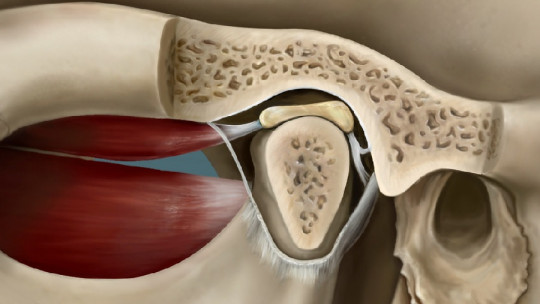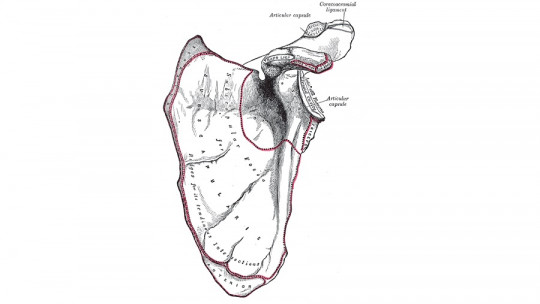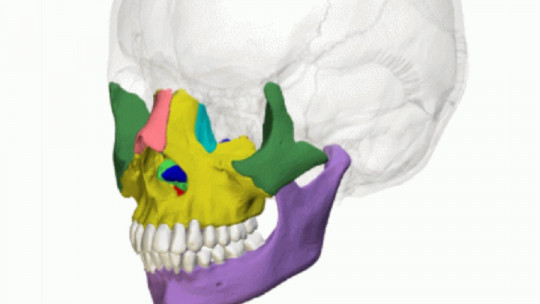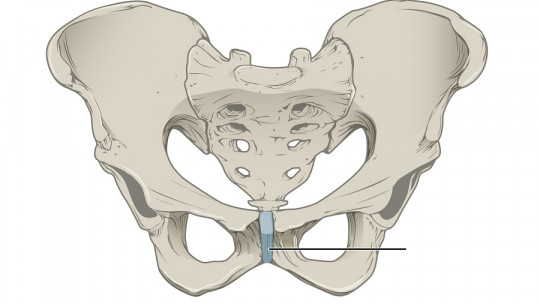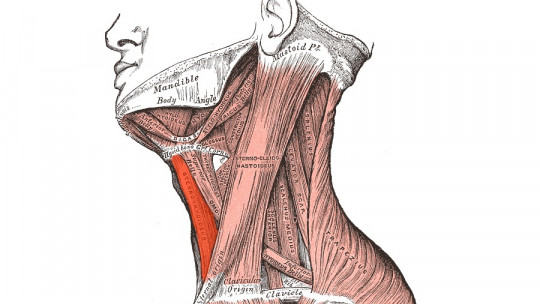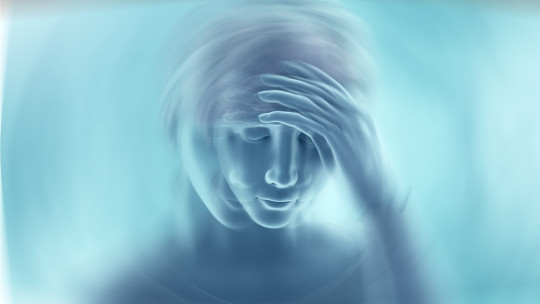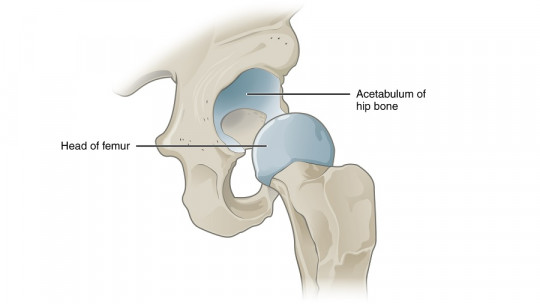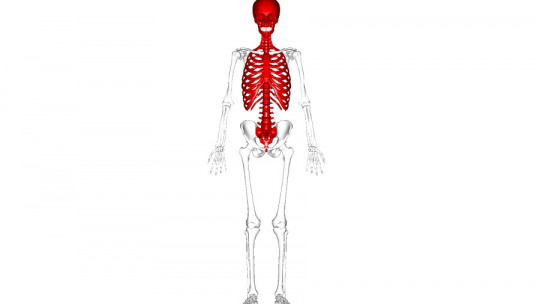The jaw is an odd, flat, symmetrical and central bone located in the lower part of the face. It may seem like just another bone, but without a doubt, it is one of the most important bone structures in humans. Thanks to the mandibular complex we are able to chew food and, in addition, we have developed a complex communication system based on it.
Without going any further, disorders in the craniomandibular joint complex not only translate into difficulty eating, but can cause vertigo, dizziness, tinnitus, headaches, communication problems and many other events related to the head and/or ears. These types of pathologies are suffered by up to 12% of the population, being much more prevalent in young people.
To understand the anatomy, functionality and possible failures of the chewing and speaking process, we must describe in depth the temporomandibular joint (TMJ), which allows this bone to move correctly. We tell you about it from both an anatomical and medical perspective, since pain in the maxillofacial area is very common in the general population and deserves to be known.
What is the temporomandibular joint?
The temporomandibular joint is, as its name indicates, the articular element that joins the temporal bone and the jaw It is a synovial joint (which allows movement) of the bicondylar type (when the heads of two bones fit over each other to generate a joint). It is a type of joint that is unique in the entire body, since both components function as a unit and, in addition, it is one of the very few mobile joint structures that can be found in the head of humans.
We can differentiate various anatomical sections in this striking articular portion We tell you their particularities in the following lines, but you cannot forget that each one of them is part of a homogeneous and unitary whole at a functional level:
The aforementioned ligaments draw special attention, since thanks to them the movements of the edges of the jaw are produced, that is, those positions that can be adopted without suffering muscular pain in a normal situation. The larger ligament is called the “temporomandibular ligament,” while the two smaller ones are known as the stylomandibular and sphenomandibular ligaments
As we have said briefly in previous lines, the blood supply comes from the superficial temporal artery and the maxillary artery, both being branches of bifurcation of the external carotid artery, which in turn is a product of the bifurcation of the carotid itself. This artery is essential for human survival because, as a whole, it is responsible for blood perfusion to a large part of the brain.
On the other hand, The auriculotemporal and masseteric nerves sensory supply the temporomandibular joint Both arise as collateral branches of the mandibular nerve (V3), the largest of the three branches that converge on the trigeminal nerve. In any case, it should be noted that these nervous structures are purely sensory, since the nerves associated with the skeletal muscles that surround the area are responsible for the motor fraction.
Functions of this jaw joint
When the human mouth opens, there is a combination of movements: a rotational one in the discomandibular space and a translational one in the discotemporal space The condylar process performs rotation and translation movements (in that order) thanks to the presence of muscular and ligamentous structures associated with the articular elements.
In addition to the mechanical actions of opening and closing the mouth, these complexes allow movements of protrusion, retrusion, laterality and combinations of all of them. All these mechanical efforts and positions are linked to such basic actions in human beings as chewing, sucking, swallowing, speaking, forming gestures, breathing, opening the mouth and maintaining the correct pressure in the middle ear. Without a doubt, the temporomandibular joint plays an essential role in almost all typical human processes, which we carry out unconsciously.
Pathologies of the temporomandibular joint
We have explained how important this synovial joint is for our species, so you can imagine that its failures are more than evident in the daily lives of patients, even during the most trivial tasks. First of all, it should be noted that Up to 25% of the population experiences symptoms of temporomandibular diseases (TMD) at some point In any case, curiously, only 5-7% seek help after the appearance of these ailments.
The etiology of TMD is multifactorial. Multiple theories have been proposed, such as mechanical displacement, osteoarthritis, muscle failure, physical-psychological factors, social events and various interactions between some or all of them. Anyway, We can encompass the typologies of the disease into three possible general causes :
One of the major causes of temporomandibular joint disorders is bruxism. This silent pathology is suffered by up to 70% of the population at any given place and time, and is defined as involuntary jaw clenching and dental grinding, especially at night, when these movements are unconscious.
It is estimated that Up to 52% of people with bruxism are positive in certain tests for stress, anxiety and depression Whenever wear and tear of the structures involved is accompanied by pain or tenderness, this is considered pathological, so “letting it be” is never an option: if a patient ignores wear/inflammation/injury and other events in the temporomandibular joint, he or she may lose the ability to eat properly and require surgery.
In addition to bruxism, it should be noted that Arthritis, arthralgia, synovitis, capsulitis, osteoarthritis, systemic arthritis and many other events can cause dysfunction of the temporomandibular joint In general, anything that damages bones, tendons, synovial fluid and muscles involved in this very special mechanism for life can endanger the proper functioning of the TMJ.
A person with TMJ disorders usually notices one or more of the following symptoms: jaw pain (more specifically in the area near the ear), difficulty chewing/yawning, and severe pain when trying chronic discomfort inside the ear or on its edges and, finally, total blockage of the joint, which implies a total inability to open or close the mouth.
Summary
As you may have seen along these lines, the temporomandibular joint (TMJ) It is one of the most important joint formations in the entire body , since events as essential for life as eating, speaking or breathing are totally or partially conditioned by it. Therefore, it is necessary to take care of it and go to the doctor quickly if there are any signs of prolonged facial pain.
There are treatments to alleviate the discomfort of TMJ syndromes, both medically and physically. For example, pain relievers, tricyclic antidepressants, muscle relaxants, night mouth splints, and sessions to learn to control stress and other altered states can greatly help patients with these ailments. If you know that you have a problem related to the temporomandibular joint, don’t let it be: your condition has a solution.

